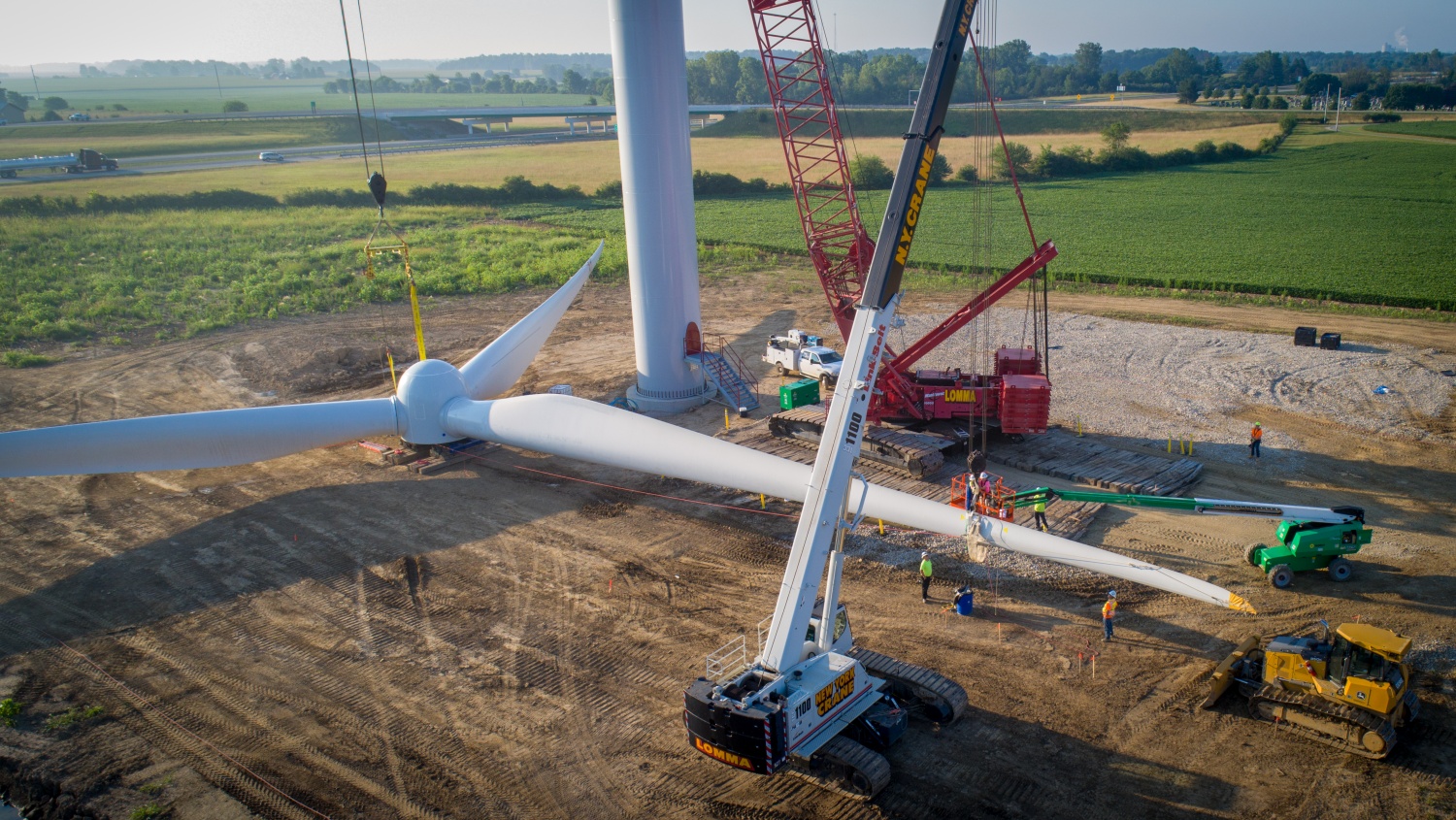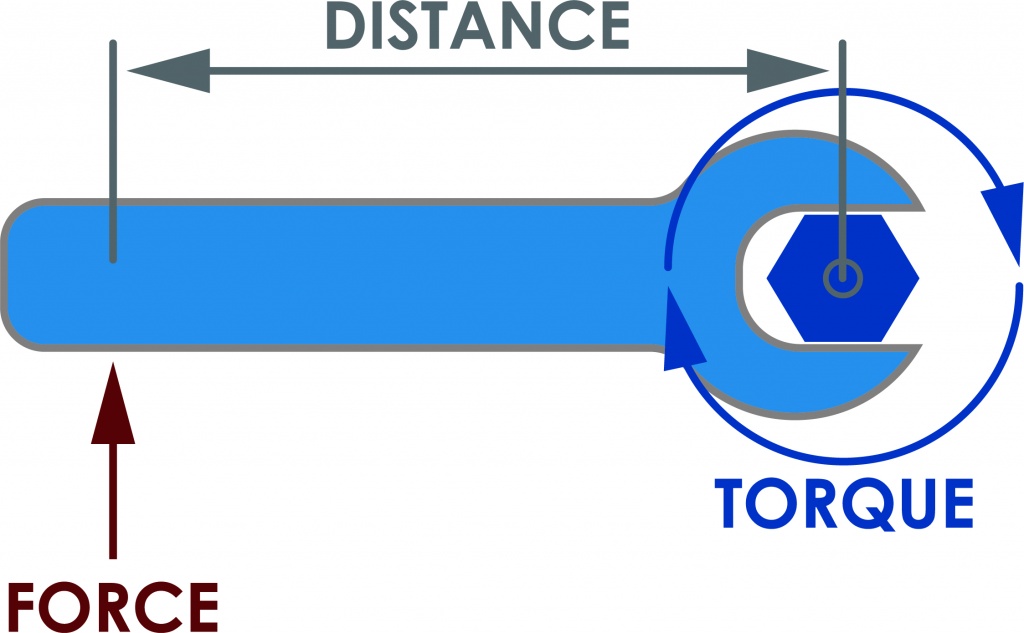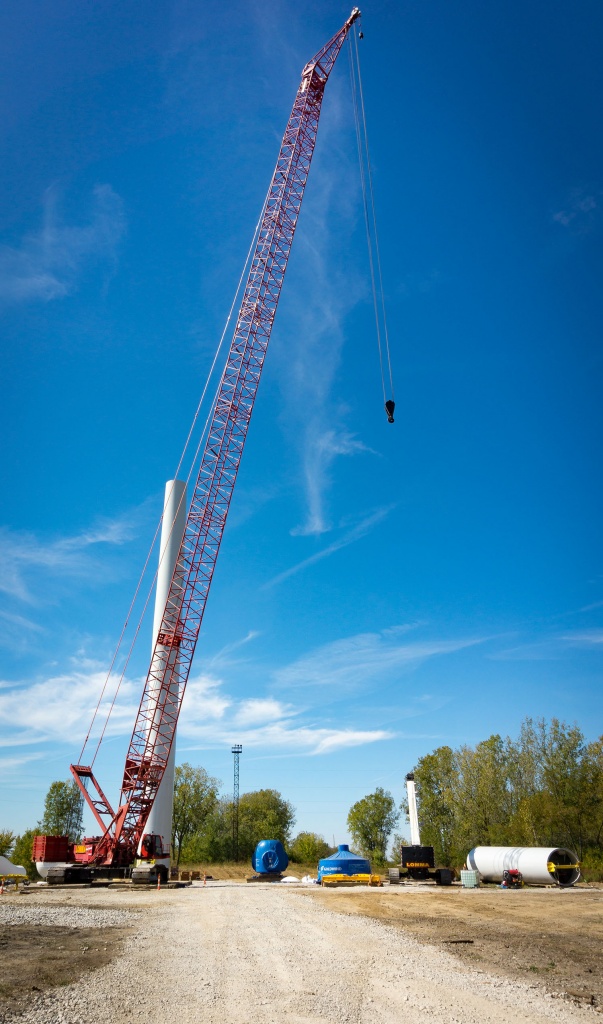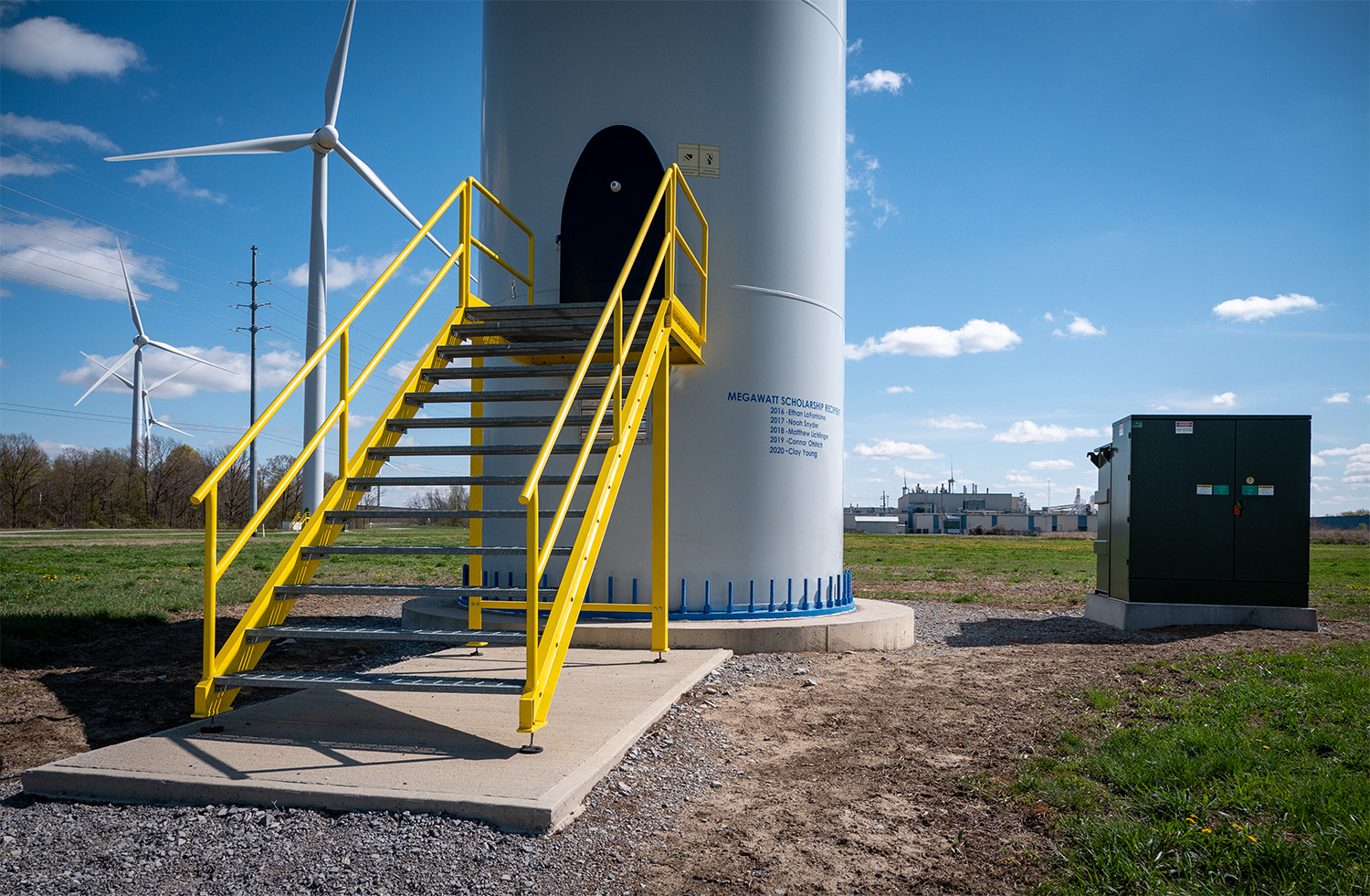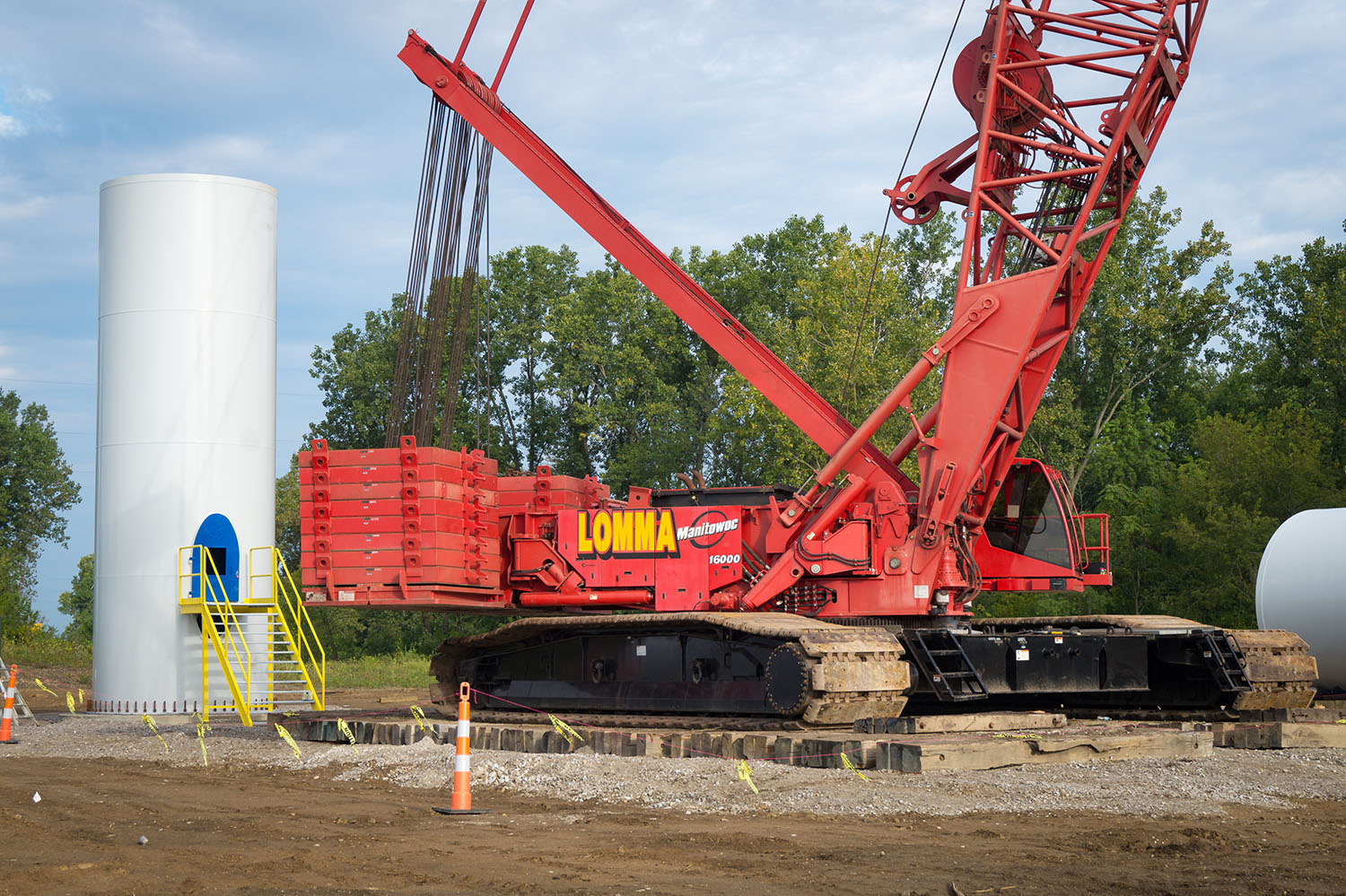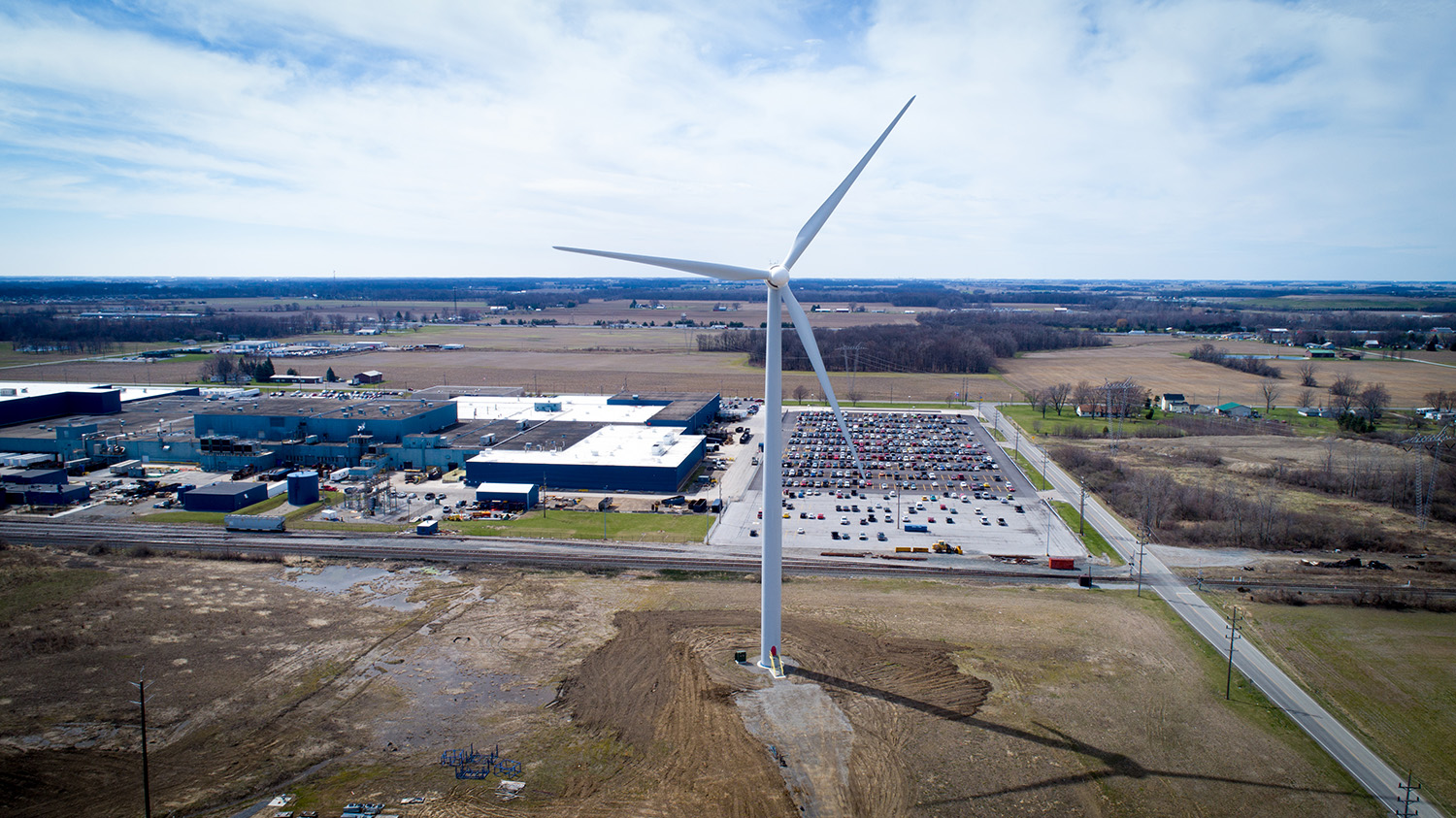There is no shortage of highly visible public figures in our lives. Celebrities, athletes, politicians in the spotlight – the list goes on. Those public figures have an impression on all of us to some extent or another. Some have so much of an impact that they’ve garnered the title of “influencer.” On a less public scale, there are plenty of people visible to smaller circles who have their own spheres of influence. Leaders in our workplaces, dynamic people in volunteer roles in our communities, churches, and schools, and even strong personalities in our own families.
I don’t think it is uncommon to reflect on the impact various people have had on us, but I do think we spend much less time considering the impact we have on others, particularly those who aren’t in our most immediate circles.
My husband and I have four kids, and to say things were a little wild in our household when they were young would be an understatement! One of the things we did to maintain our sanity was to go out together, without kids, every Saturday …without exception. In order to do that, we needed a (VERY!) reliable babysitter. We were incredibly fortunate to have a small string of sitters who carried us through more than a decade of craziness. Our last sitter, Renee, came to us when she was a college student, and she worked for us through her undergraduate and master’s degrees. When she got married, each of our kids had a role in her wedding, and we remain in touch.
When our oldest graduated from high school, Renee and her husband came to the graduation party, and they pulled me aside to share the news that they were expecting their first child. I was so excited for them and also very touched that they had chosen to share the news with me in a private moment. They continued to tell me how much they had learned about raising children from me, and how they wanted to parent their kids the way my husband and I had parented ours. I was shocked. All the years I had spent being so grateful to Renee for the wonderful impact she was having on my marriage and family, yet I had never given much thought to the impact we were having on her – and her fiancé! It was more substantial than I would have ever guessed.
On the professional side, I had many a young auditor pass through my office over the years. One in particular was very young, sharp, and respectful to everyone in my office, and he had a great work ethic. After a few years, he took a job as a controller for a client, and he stayed with them for decades, working his way up the ladder.
I saw on LinkedIn recently that he is now the CEO of that business, and I reached out to congratulate him. We exchanged updates on the decades that had passed and commiserated on the challenges the economy had presented to our industries over the years. He then made it a point to tell me how much he had learned from me about leading a business through a time of intense crisis. And he joked how unfortunate it was that he had needed to use everything he had learned in his own business as it navigated its own crises. His comment was touching and completely unexpected. Never in a million years would I have thought that my leadership style was being noted by a young auditor who spent only a few weeks a year in my office.
I consider being a wife, a parent, and a leader, through chaos and crisis, to have been the most important roles I’ve had in my life. To know that I had such an influence on the people around me – not the ones I was TRYING to influence (kids and employees), but the more peripheral ones – remains incredibly meaningful to me. It has made me realize that we are always being observed, and we are always affecting those around us, whether we are trying to or not. The “tone at the top” isn’t just a catchphrase, and it isn’t just applicable in hierarchical organizations. You don’t have to have the title “influencer” to influence. Even without intent, we impact others in our lives. People are paying attention. Always be worth watching.
Anne Bain is the Head of Accounting at One Energy.
Learn more about Anne and the One Energy team.































